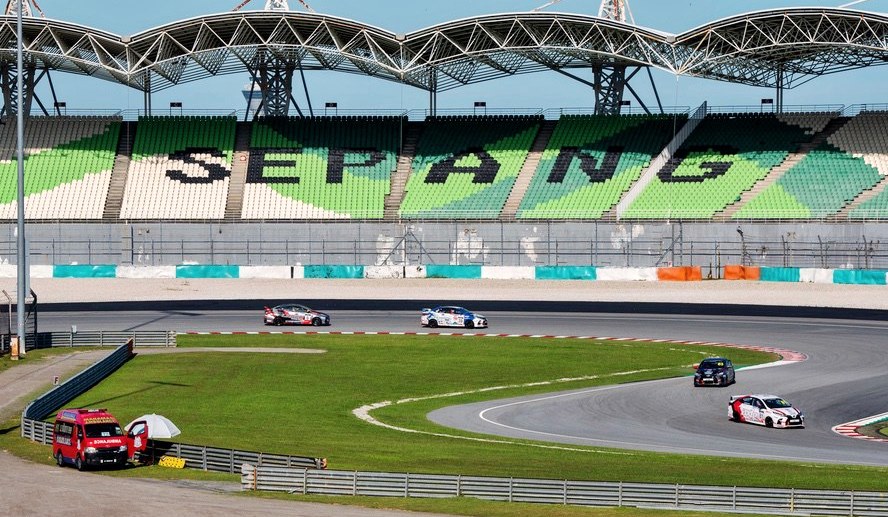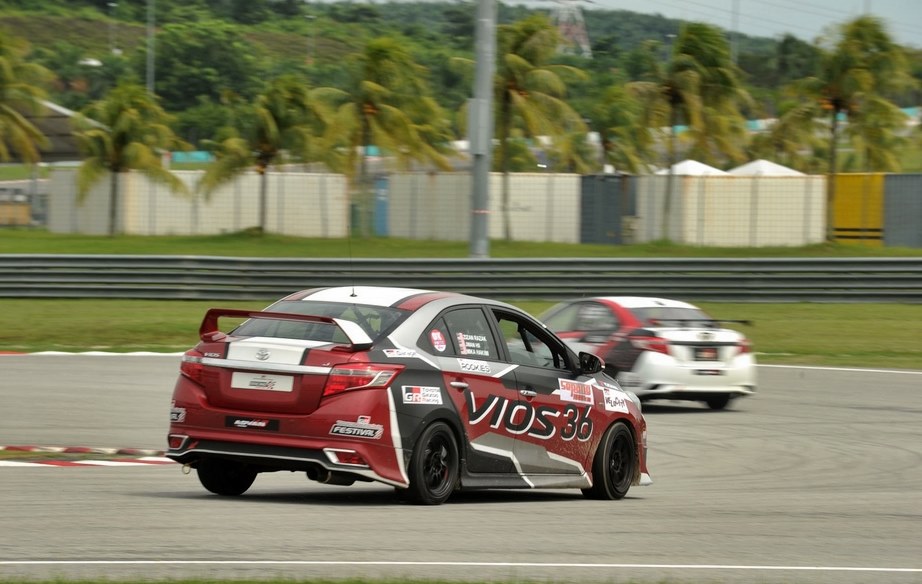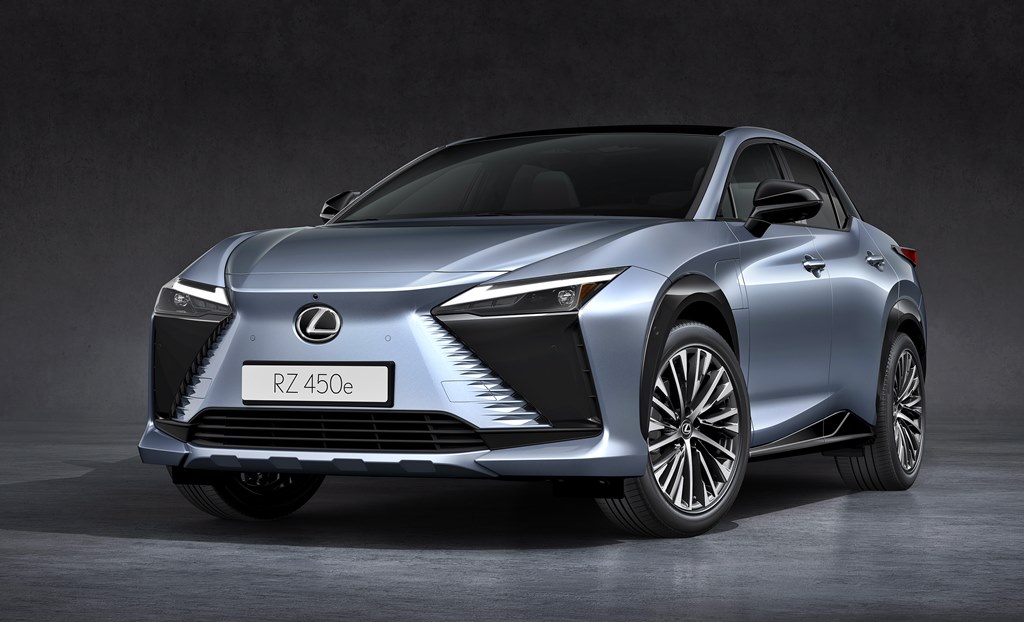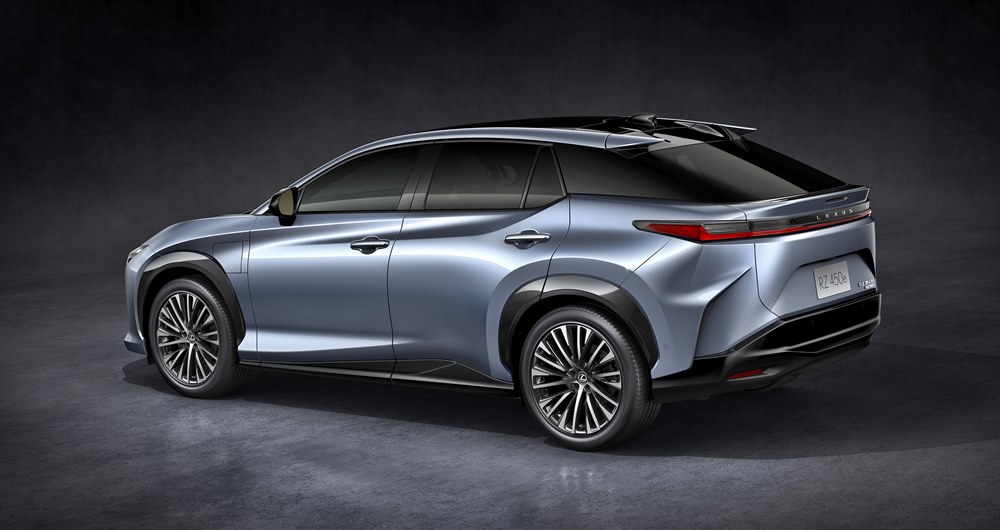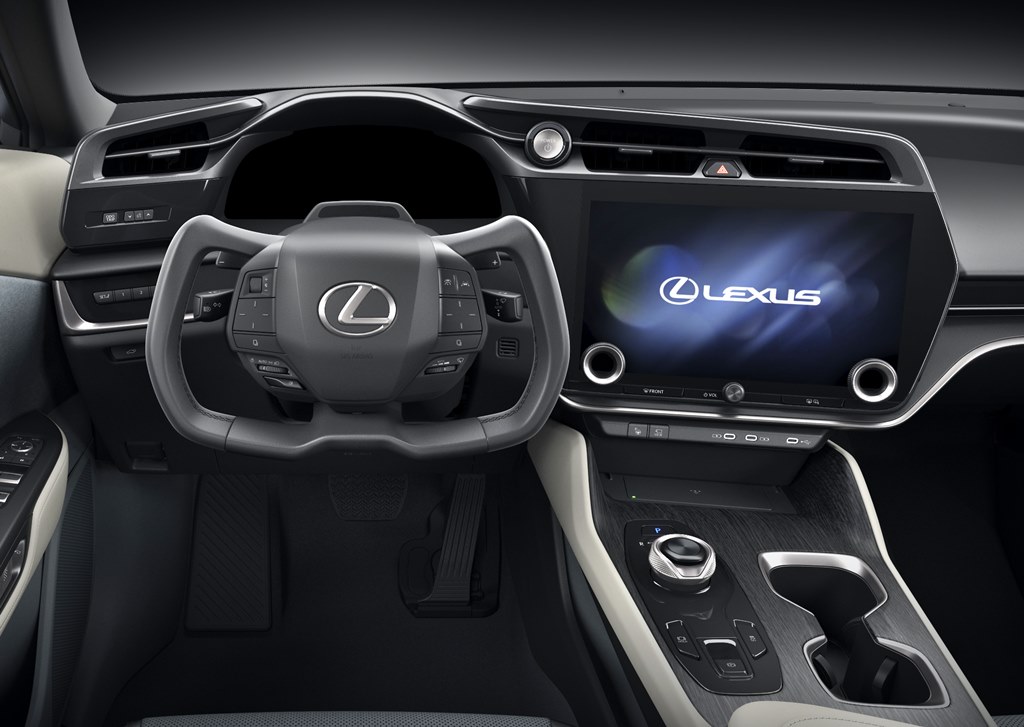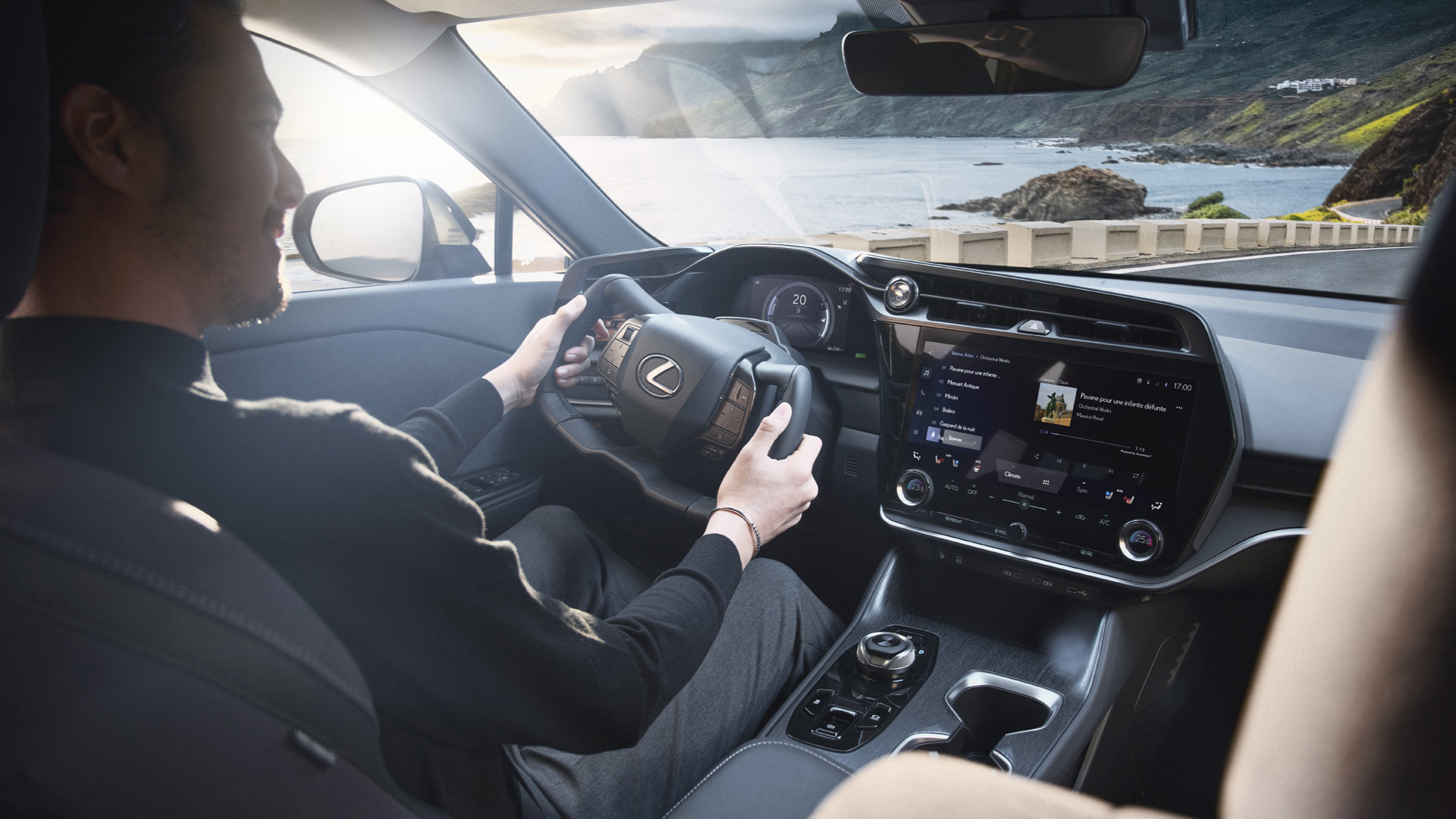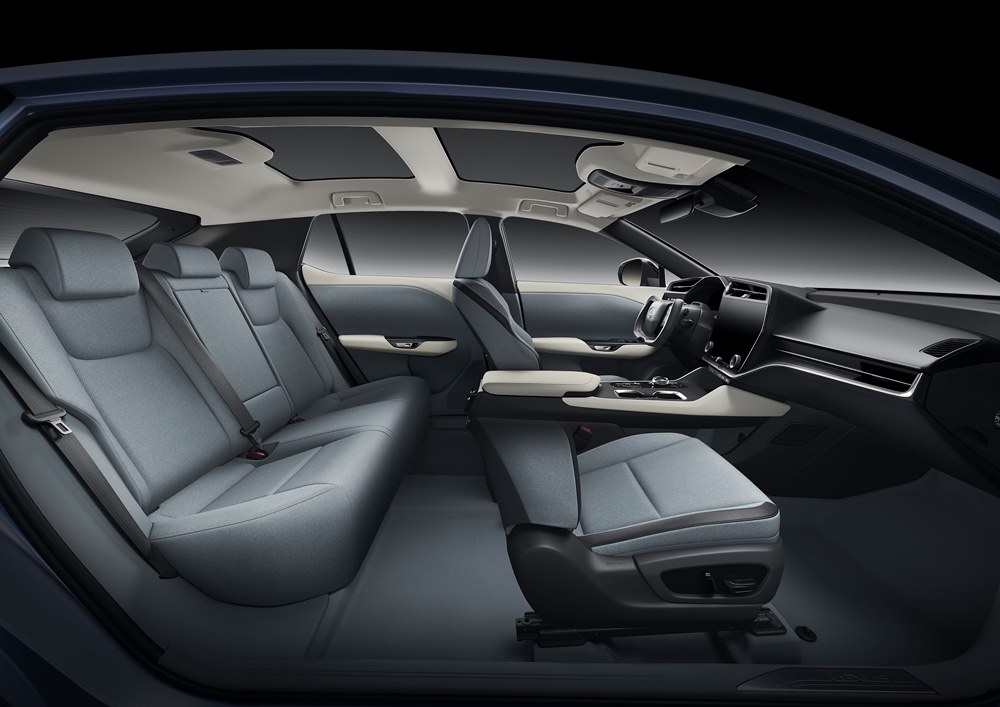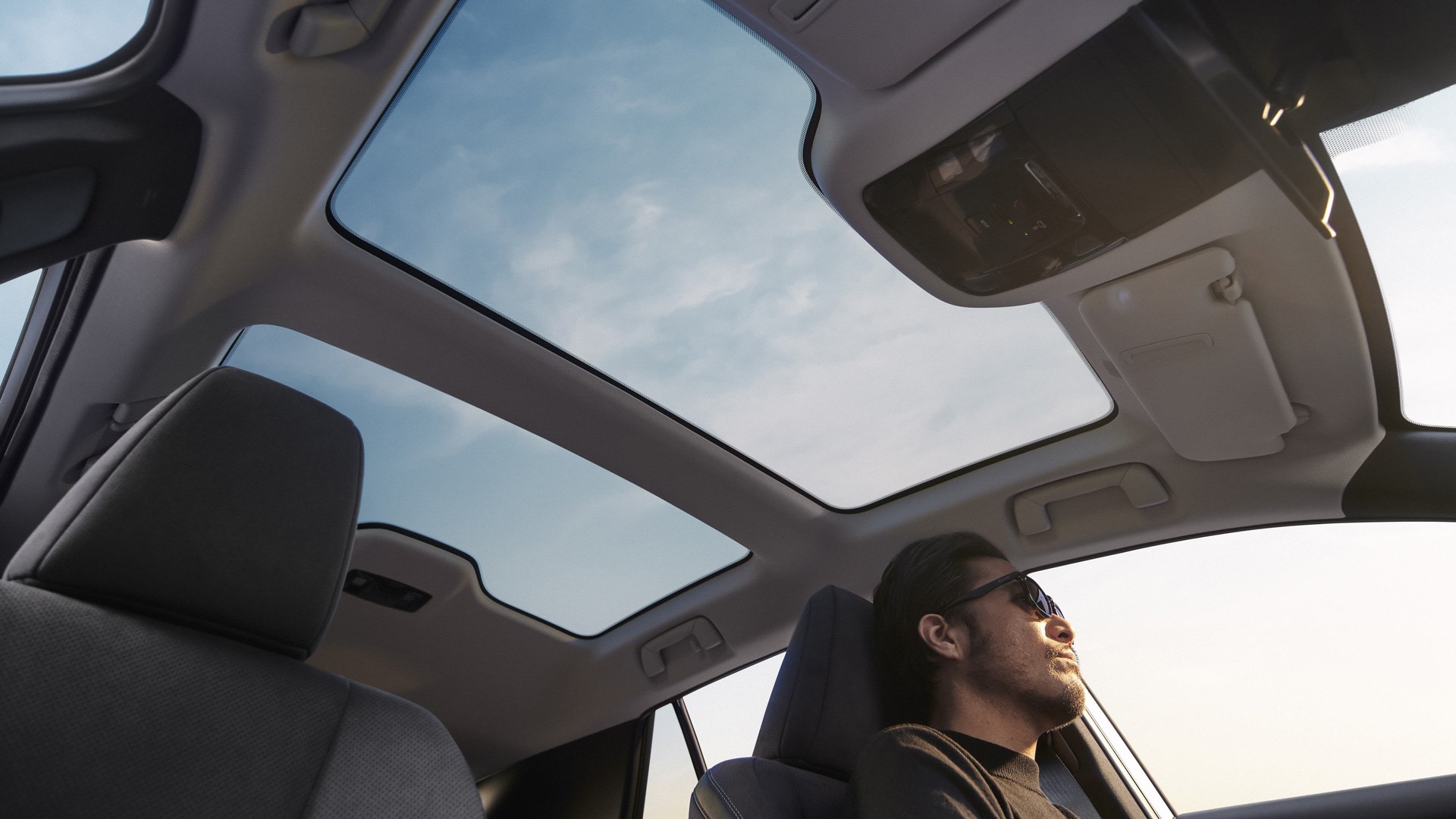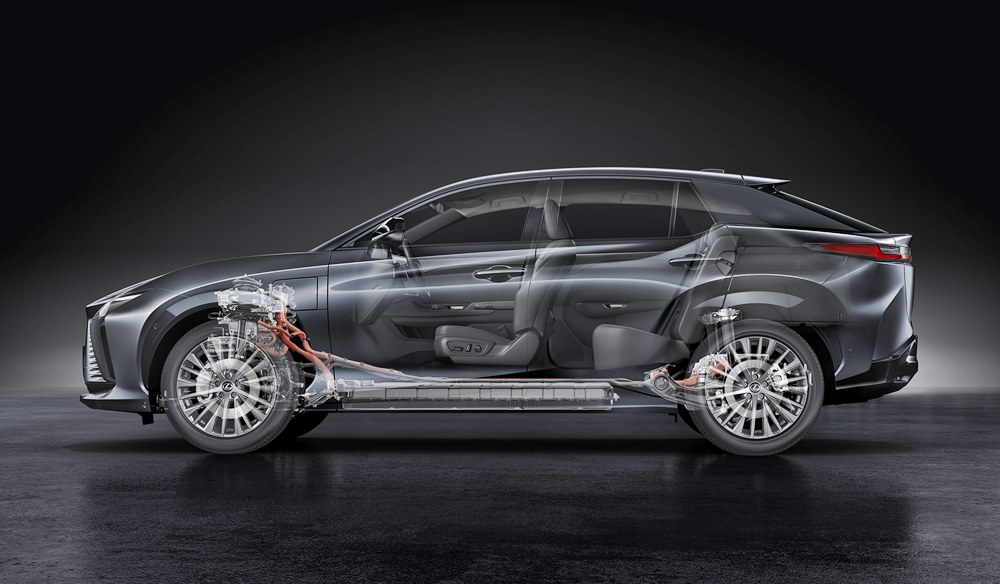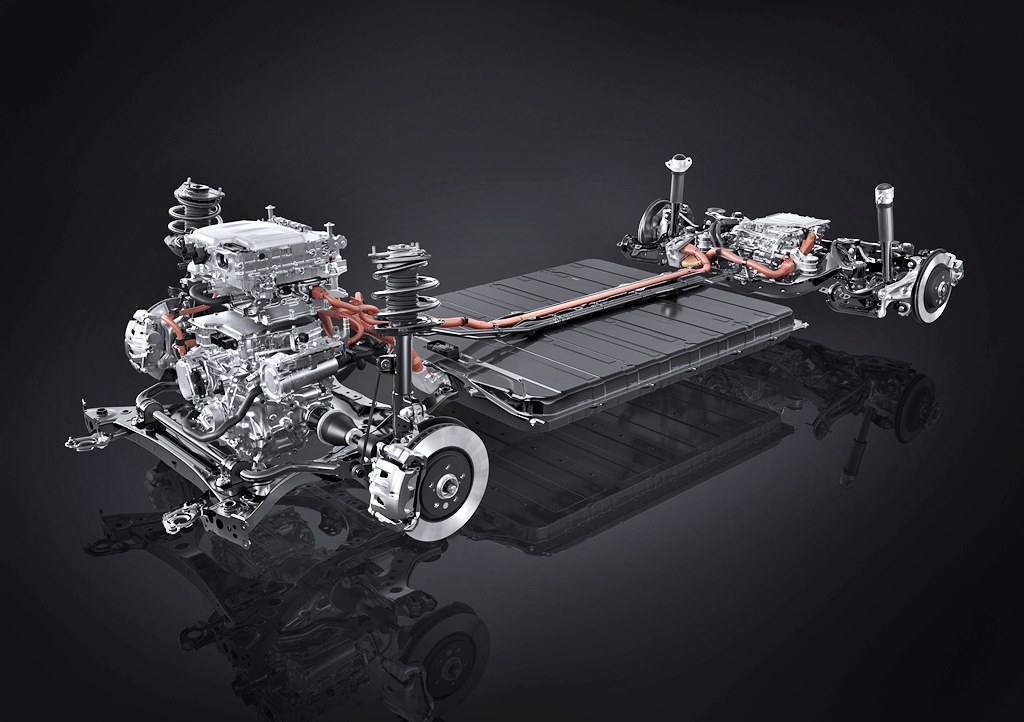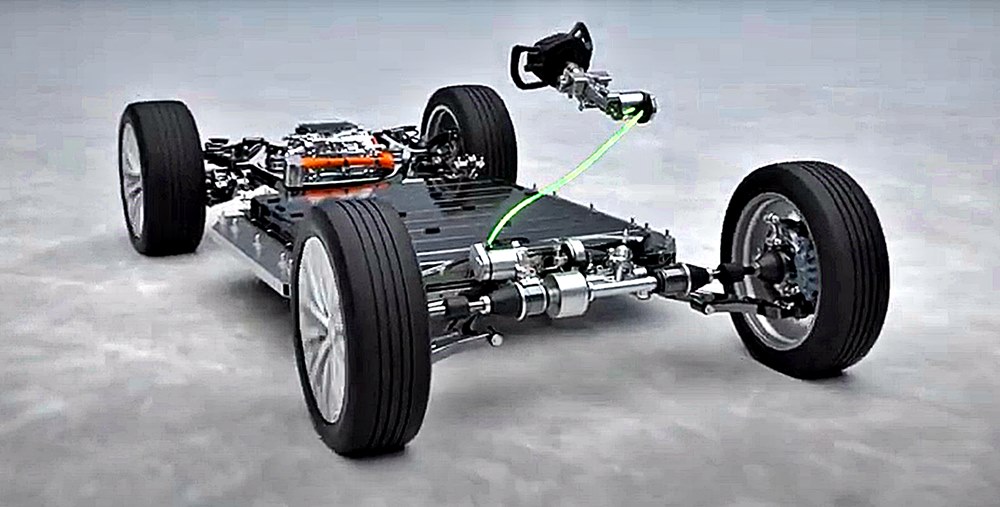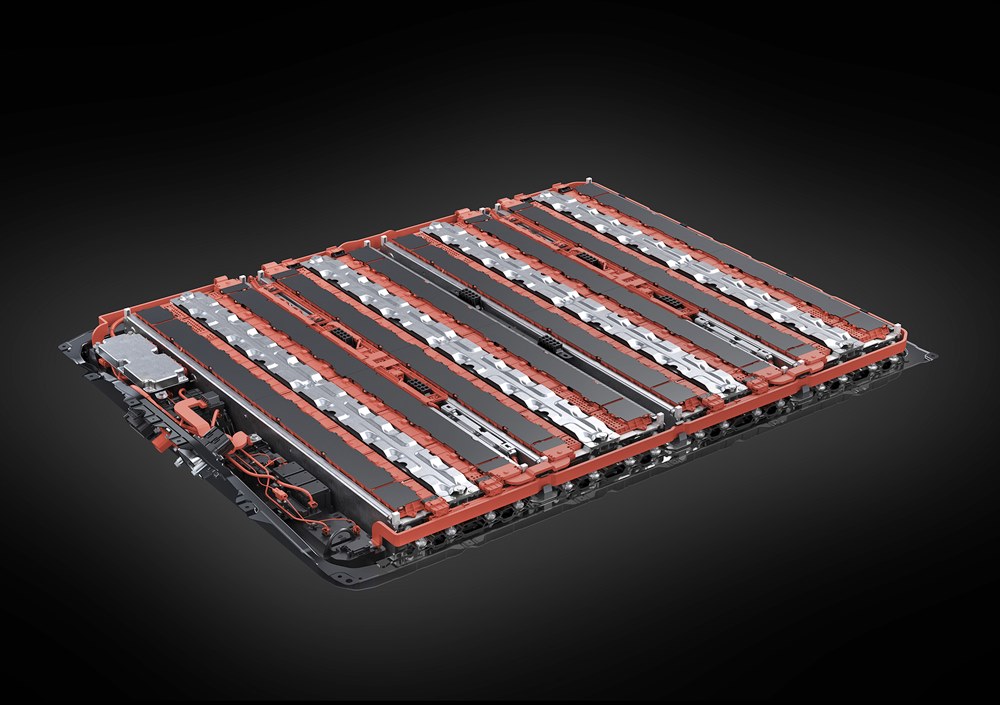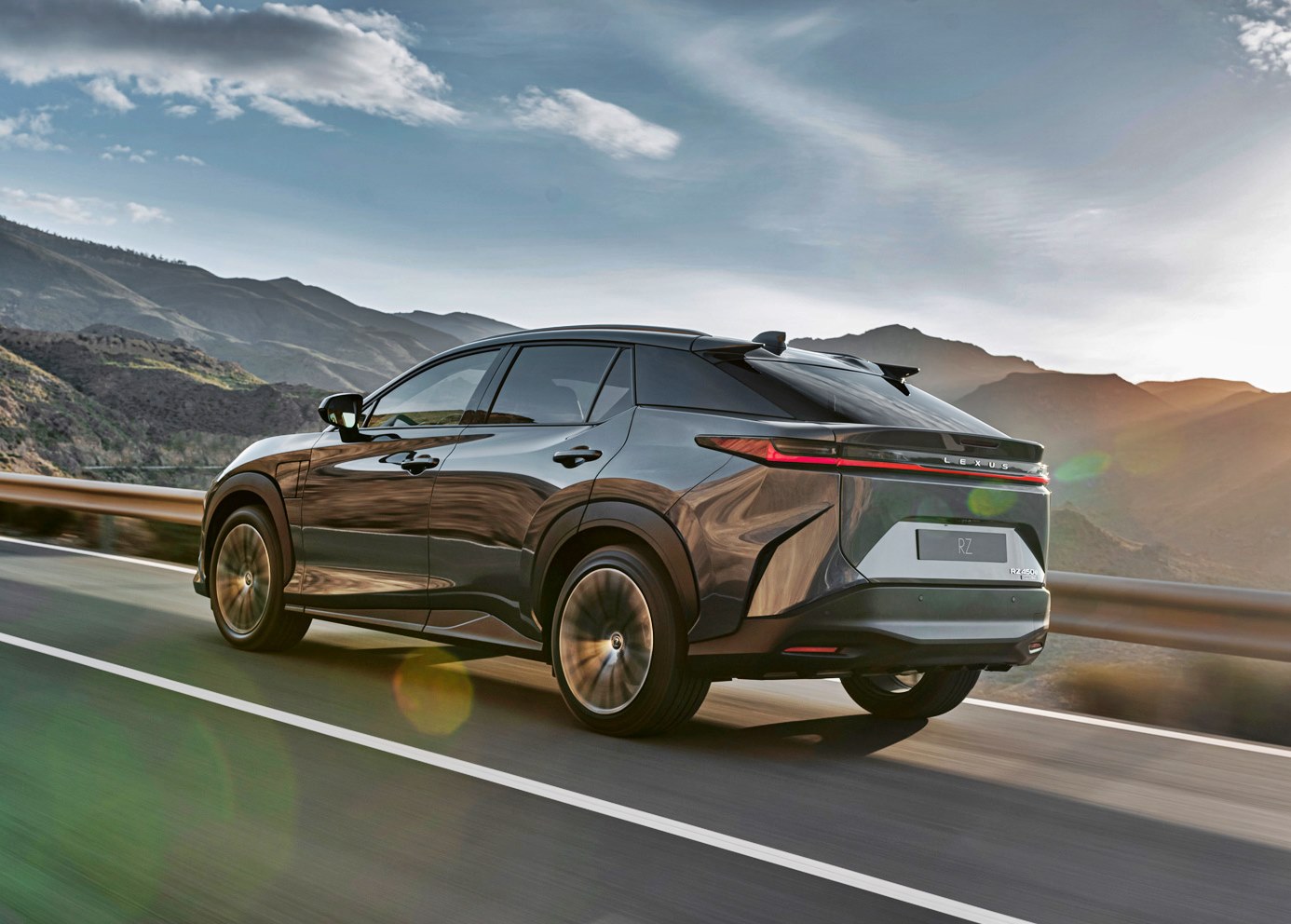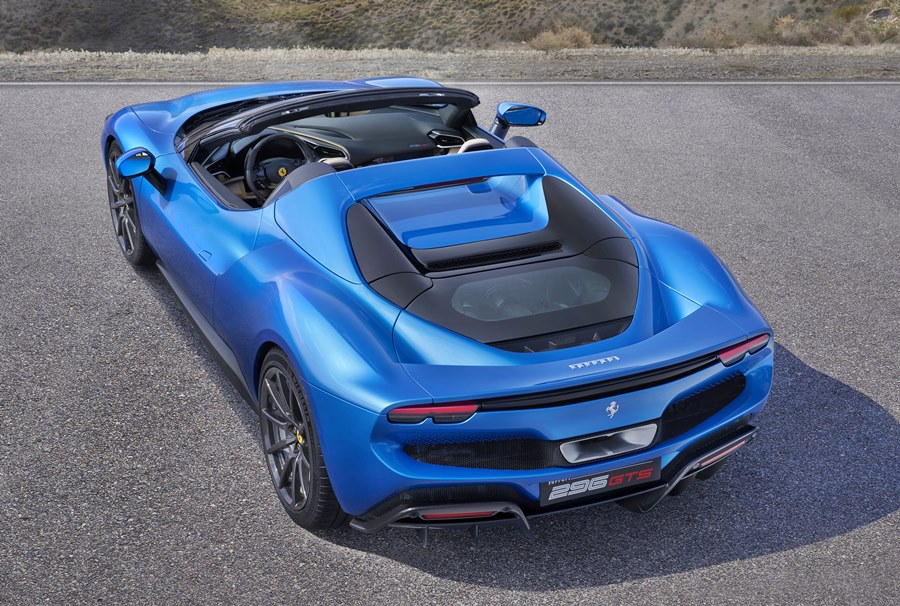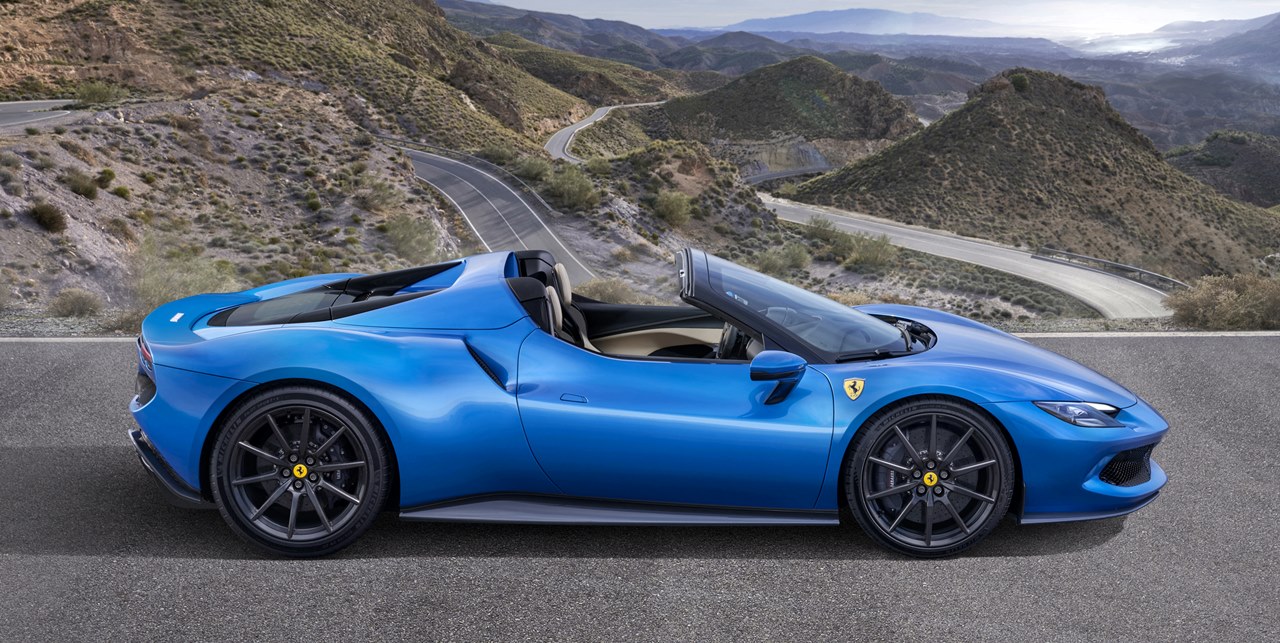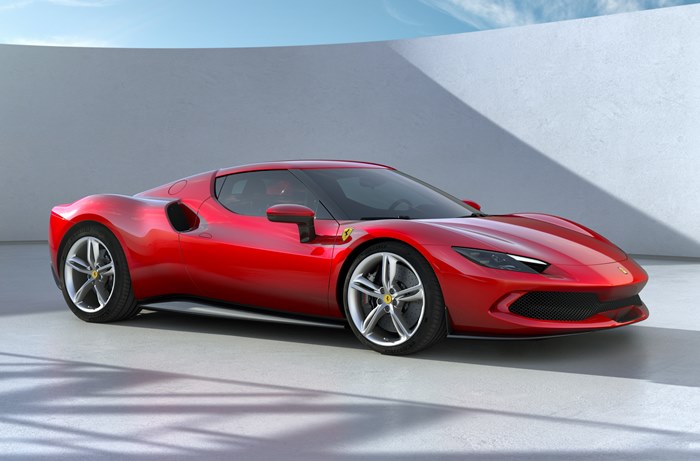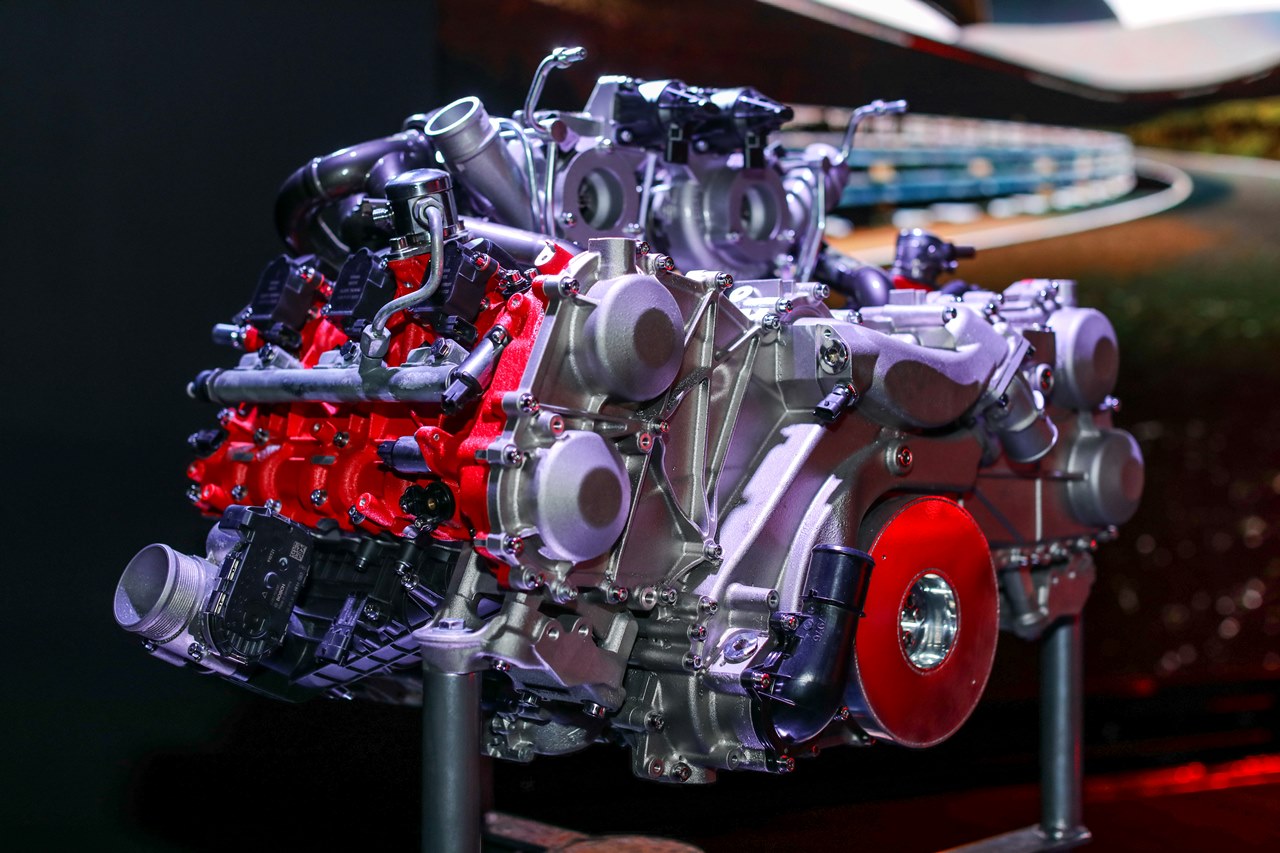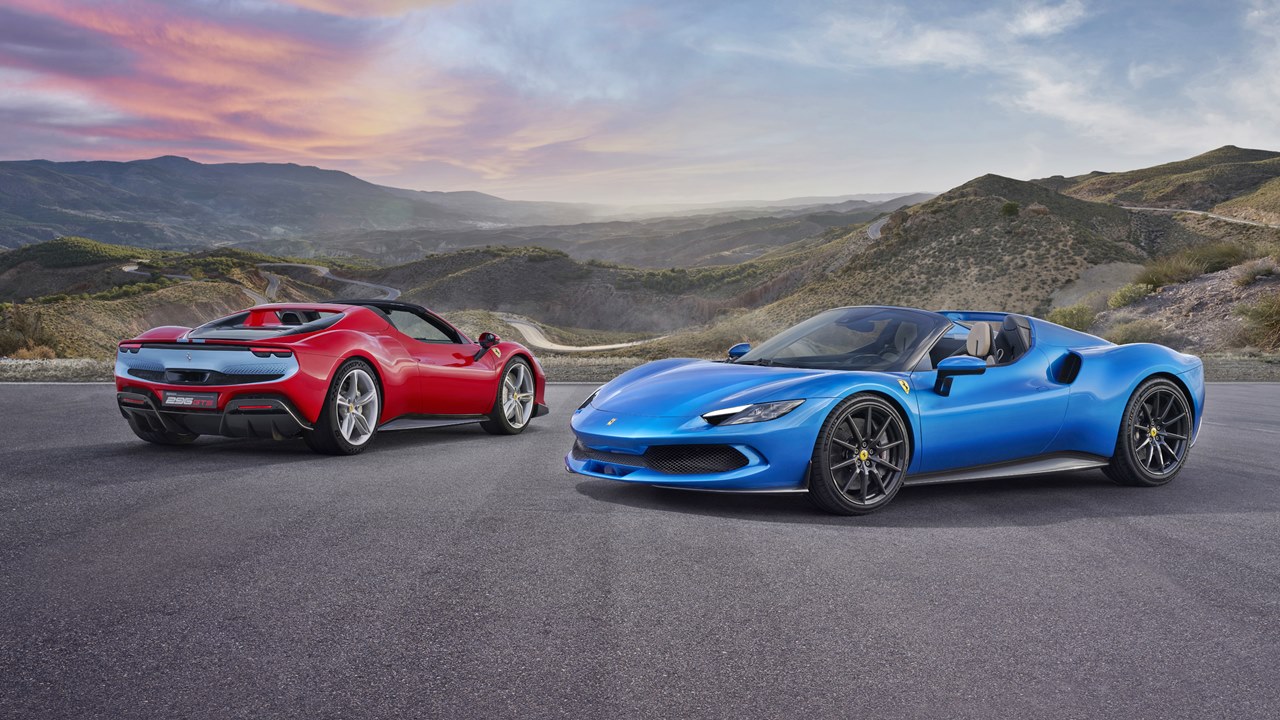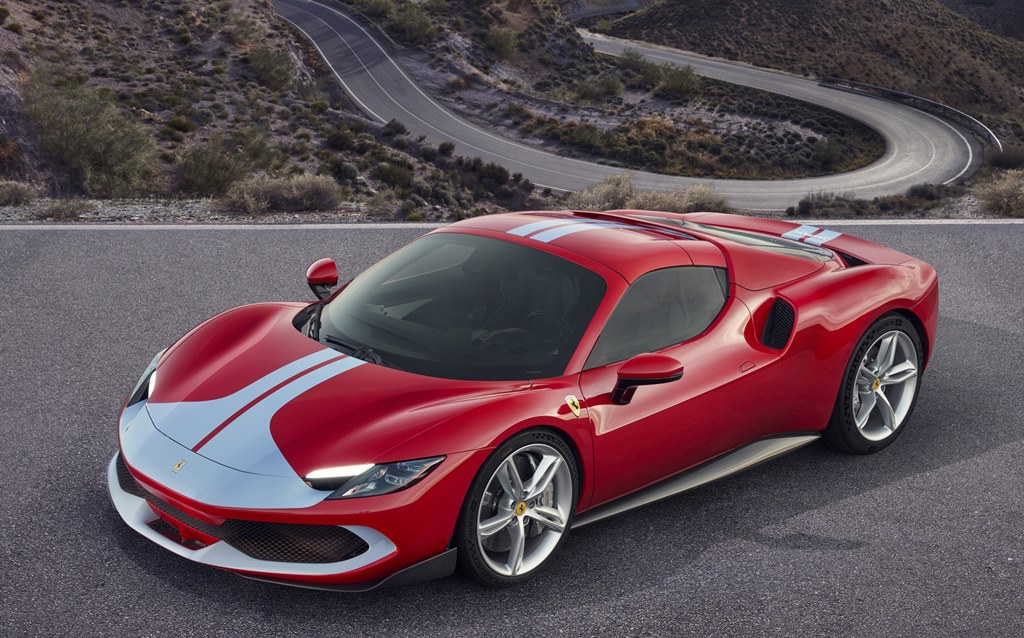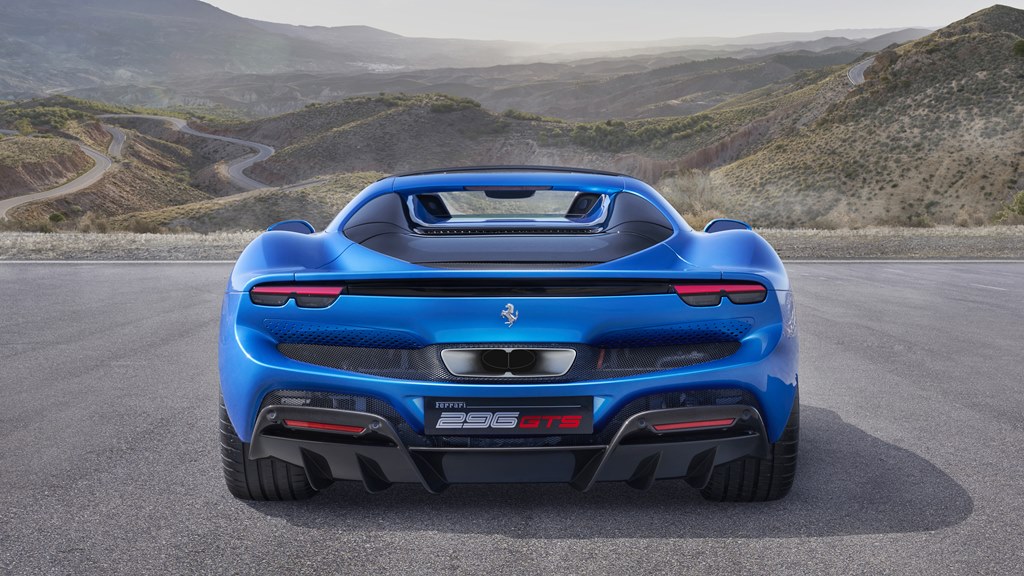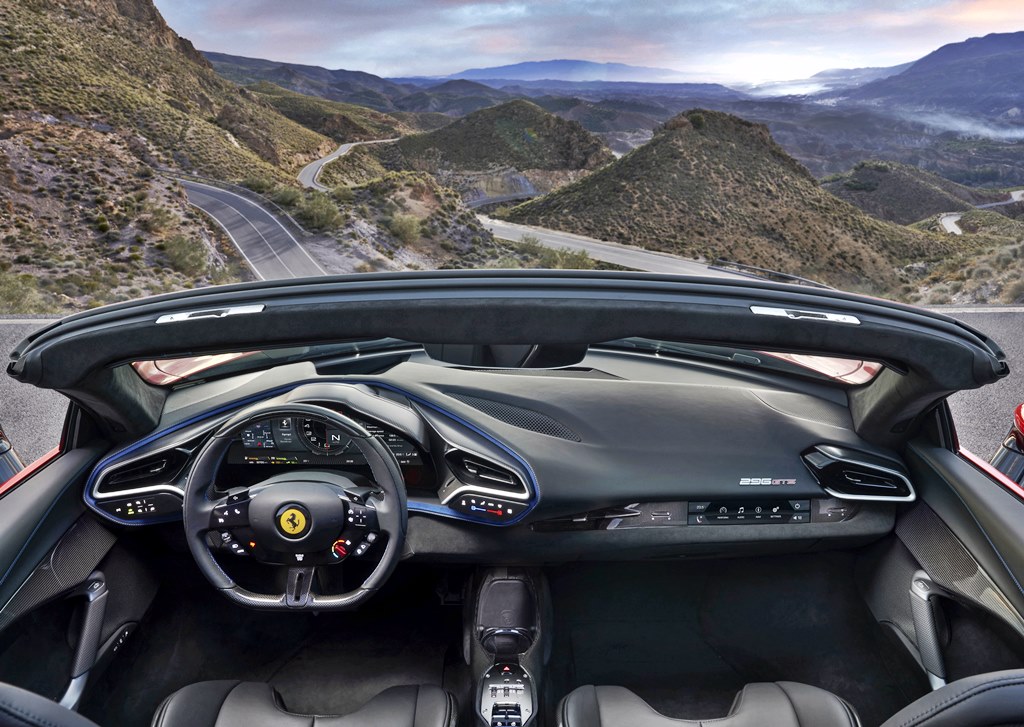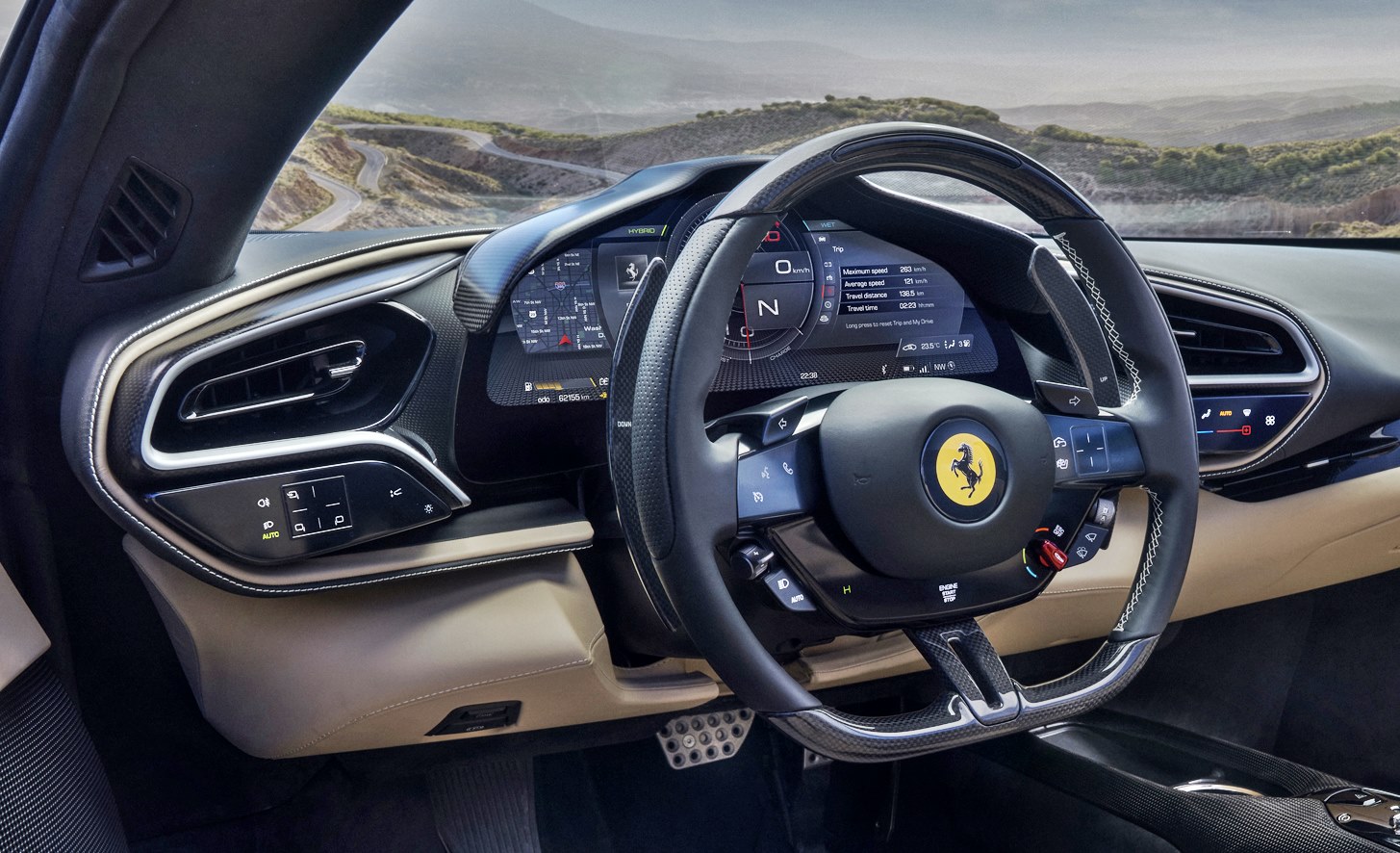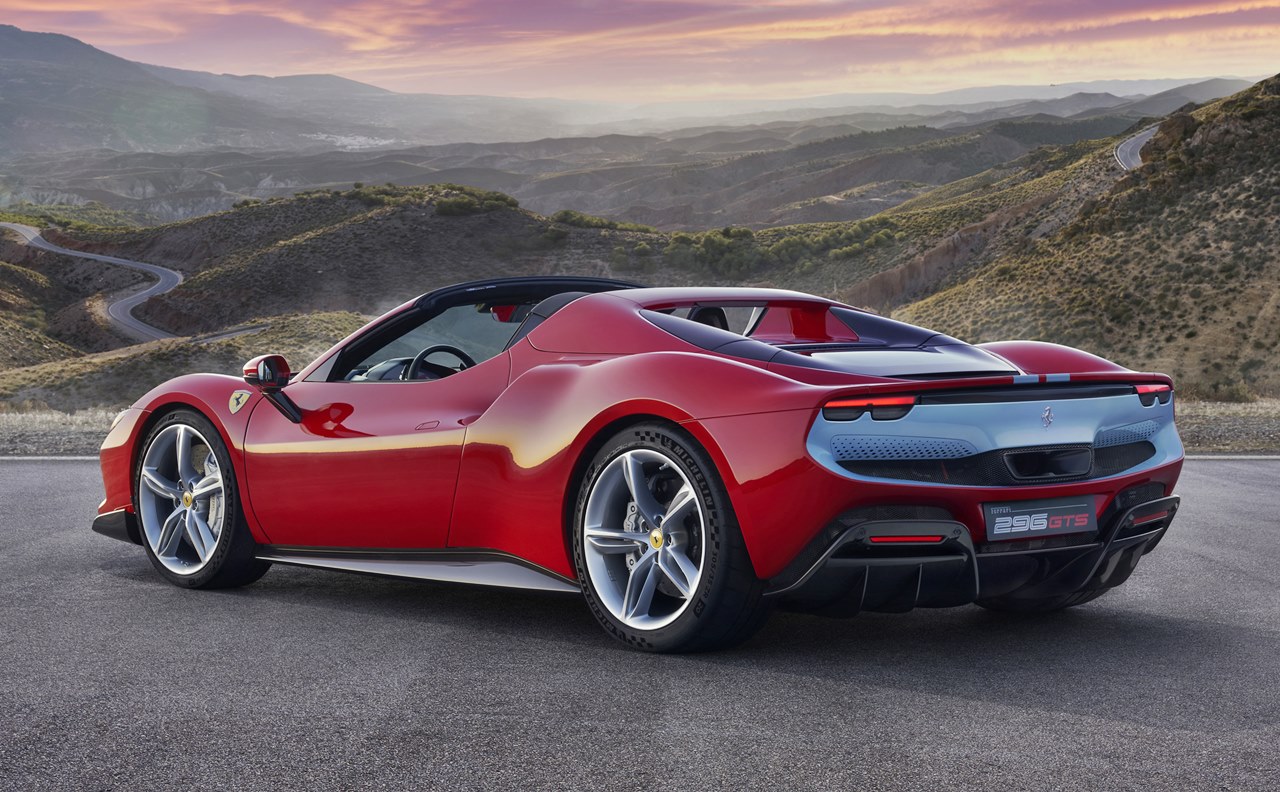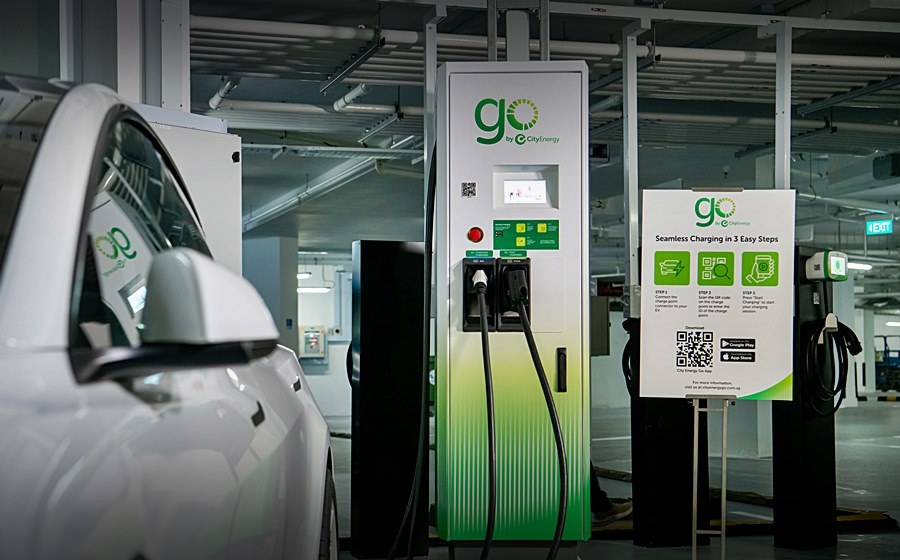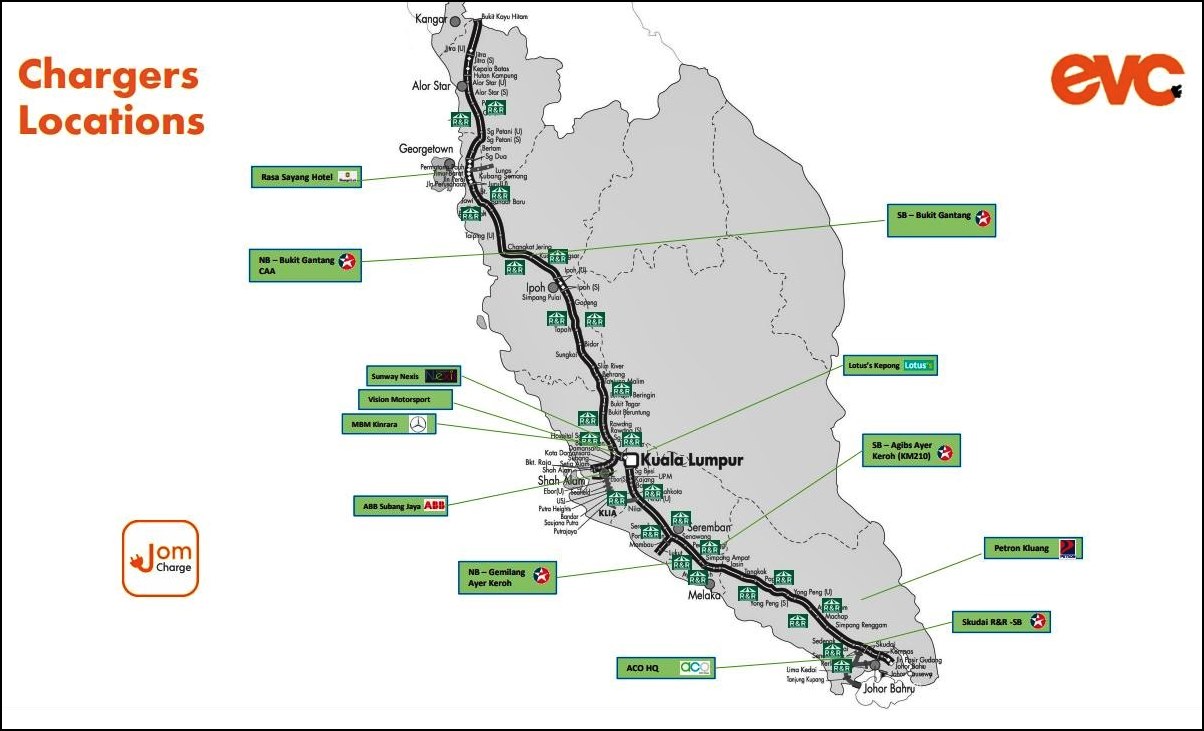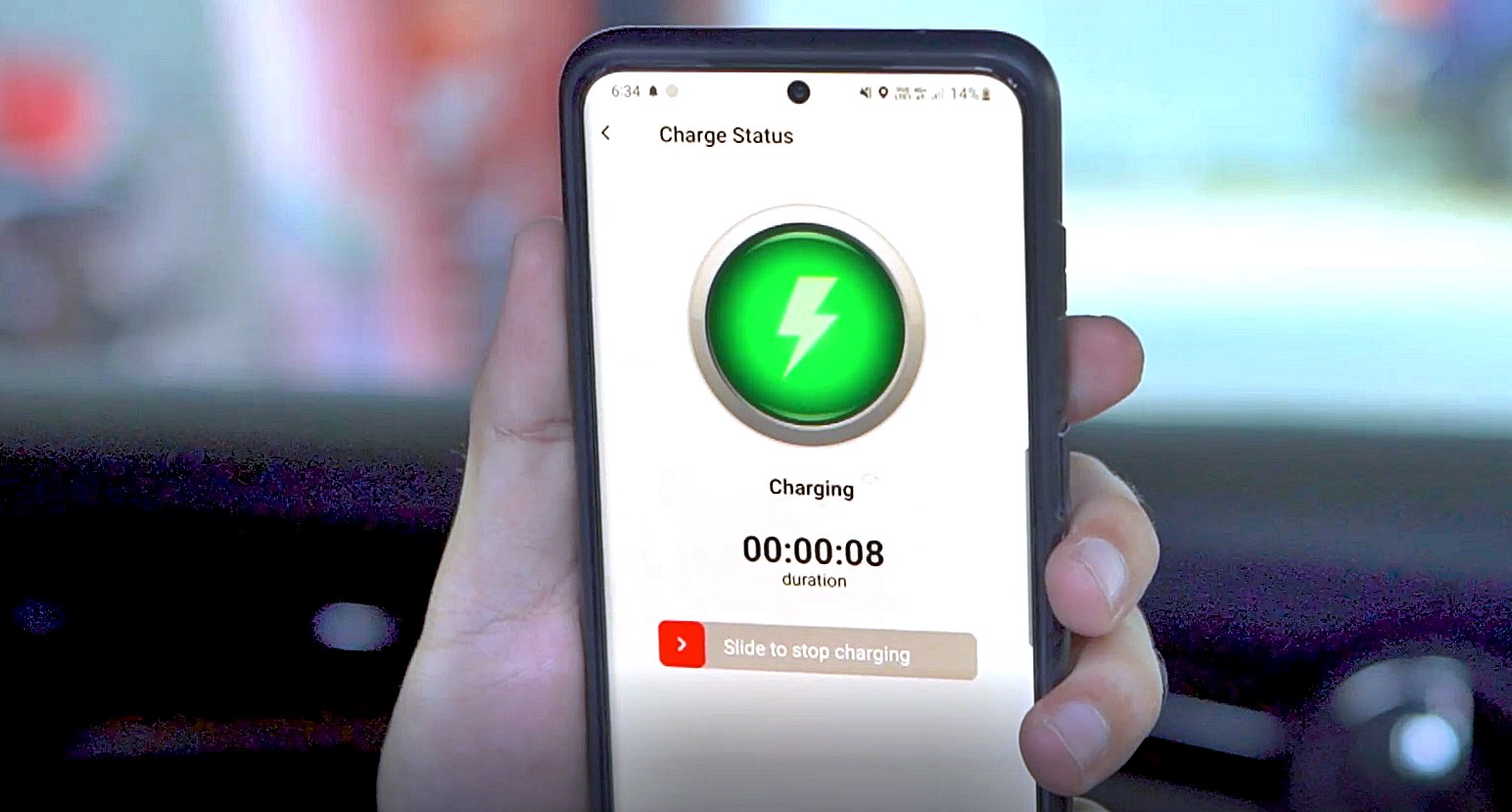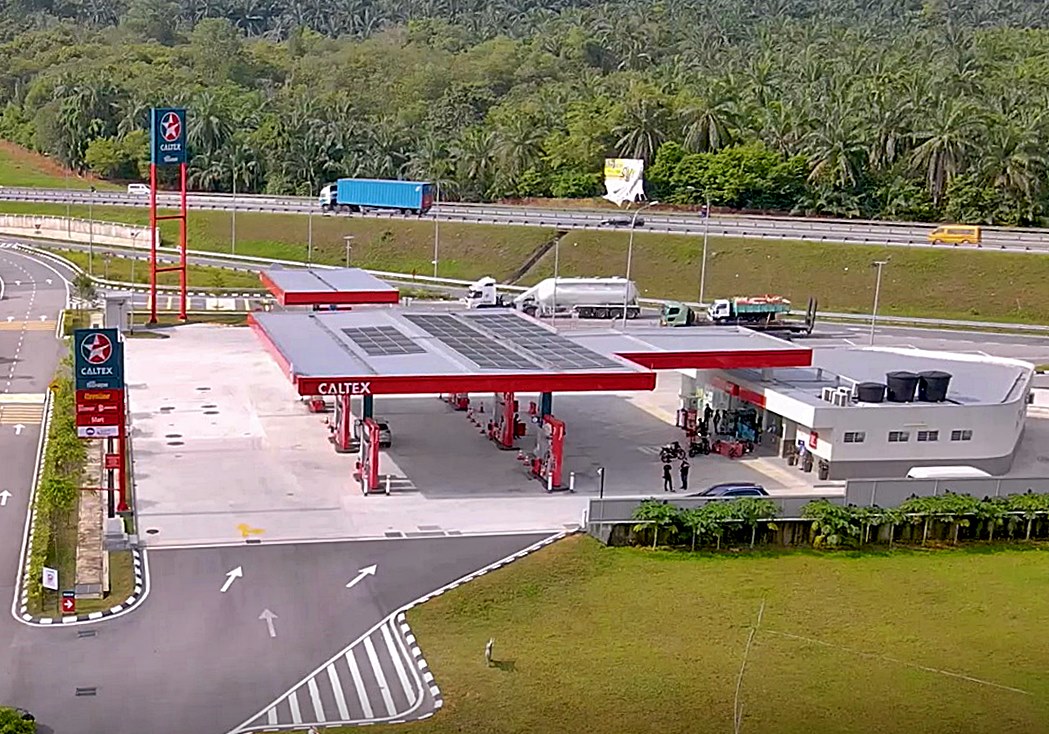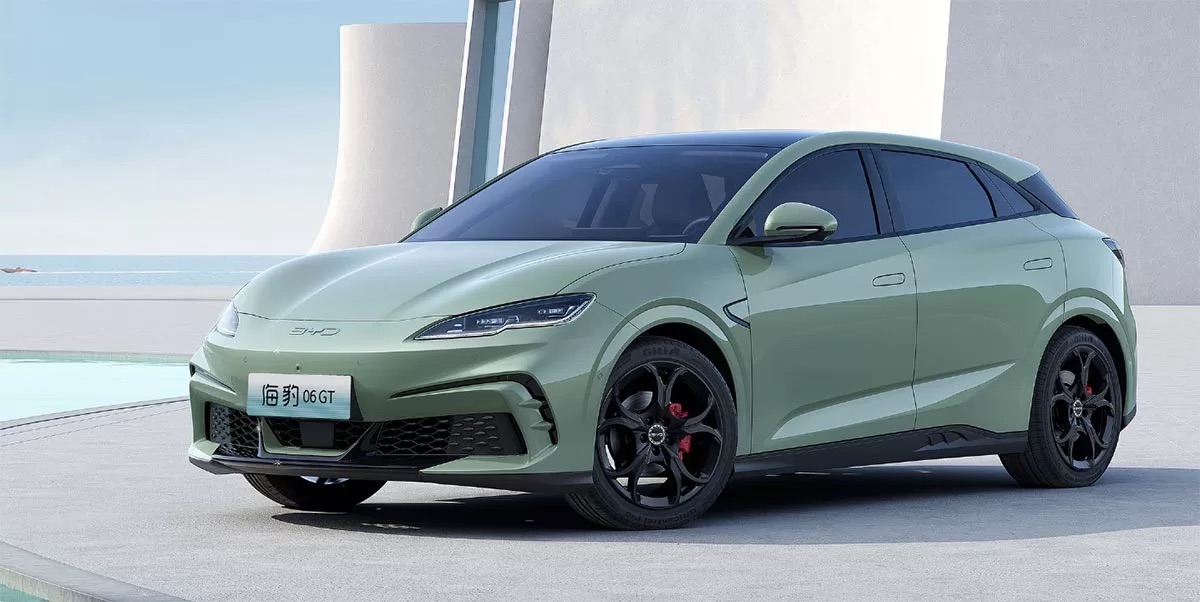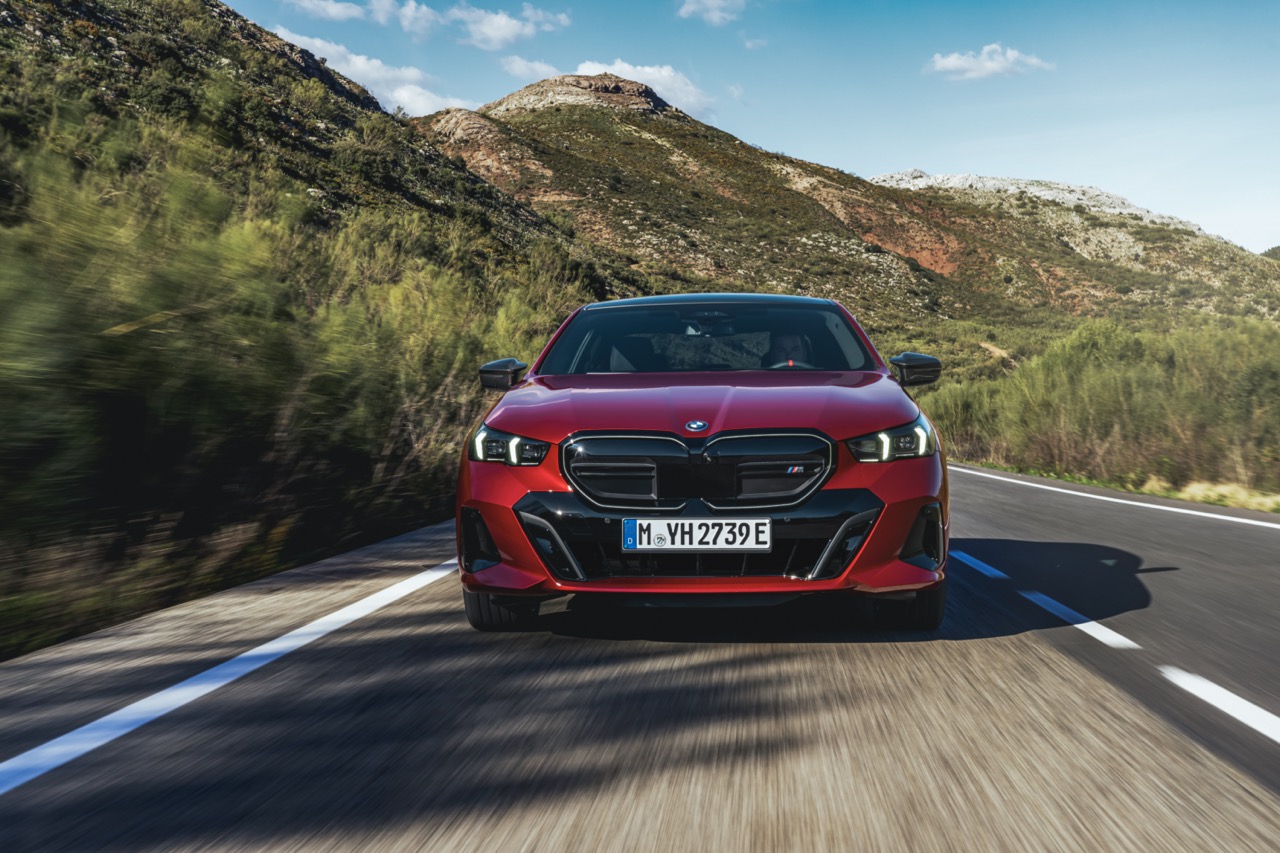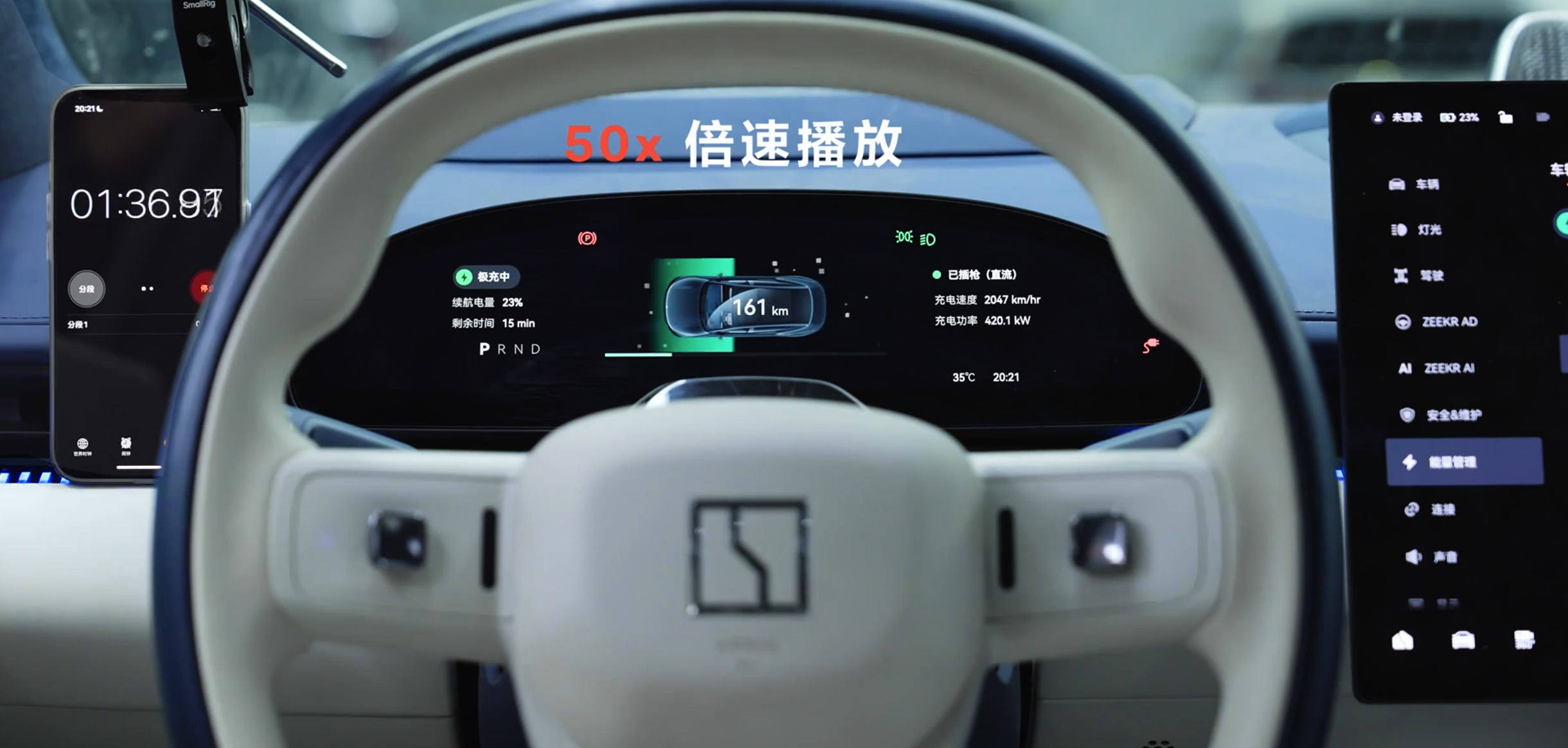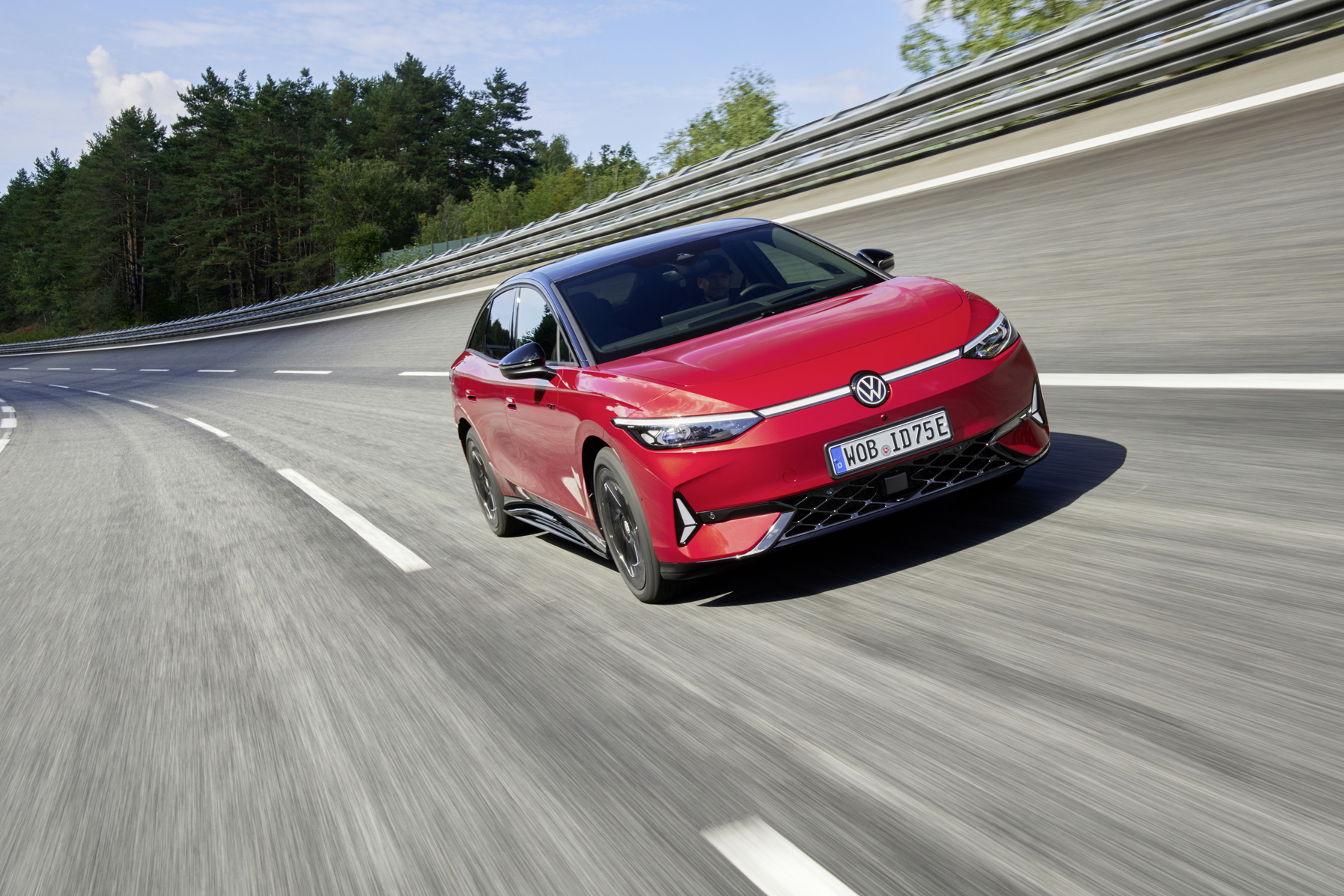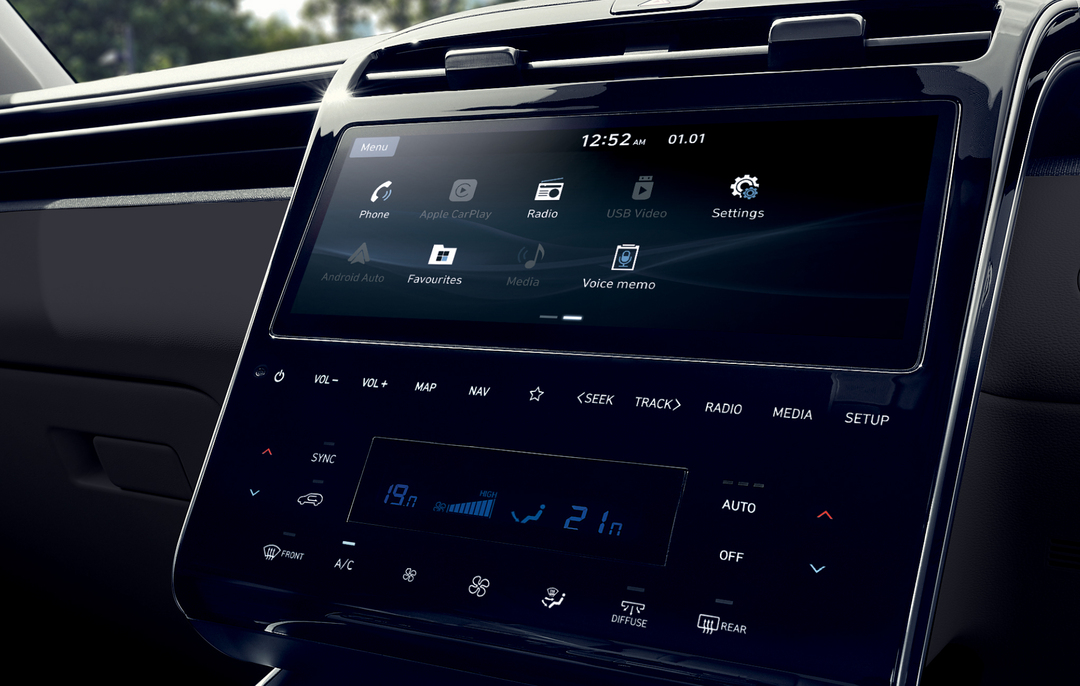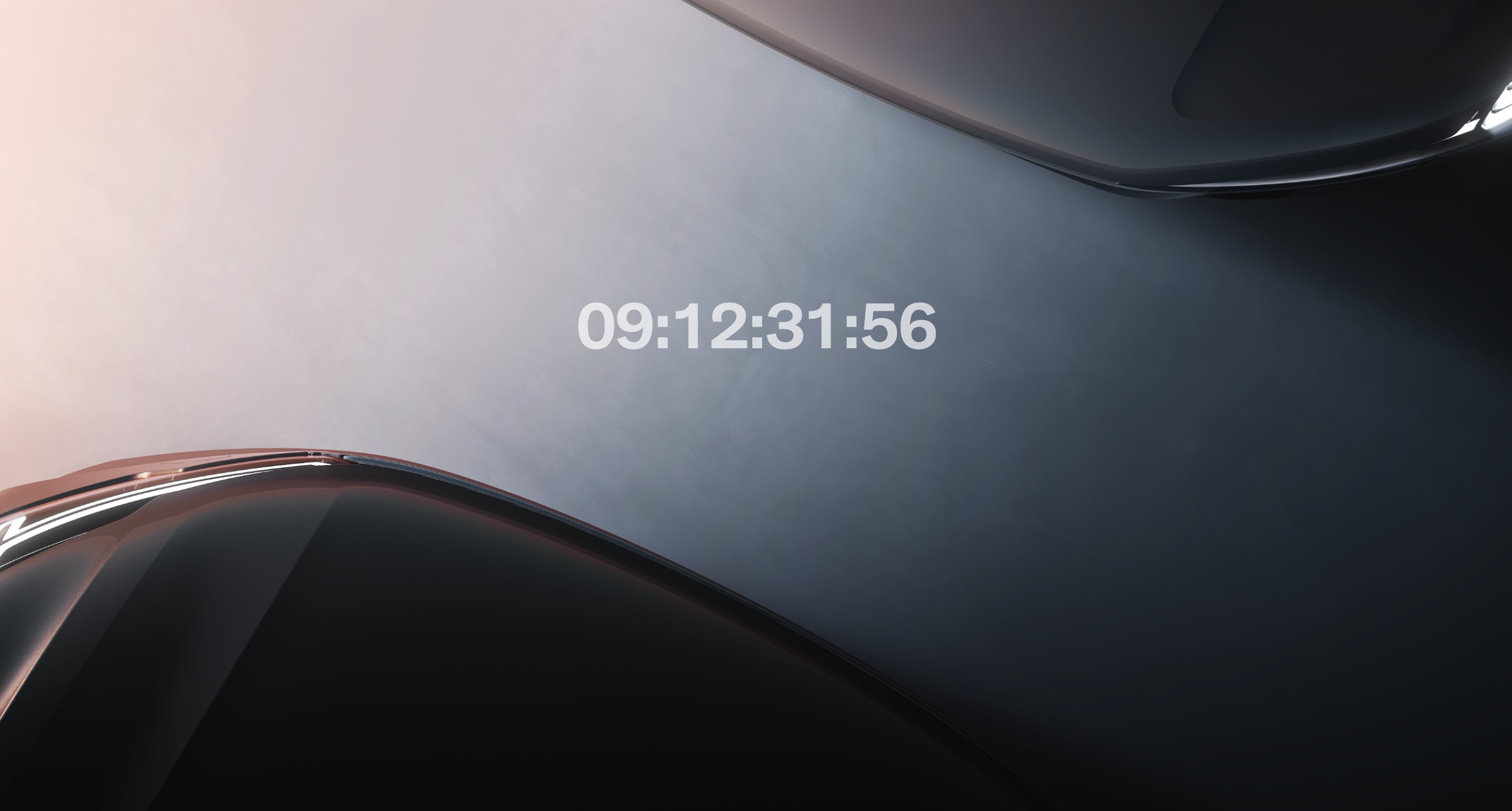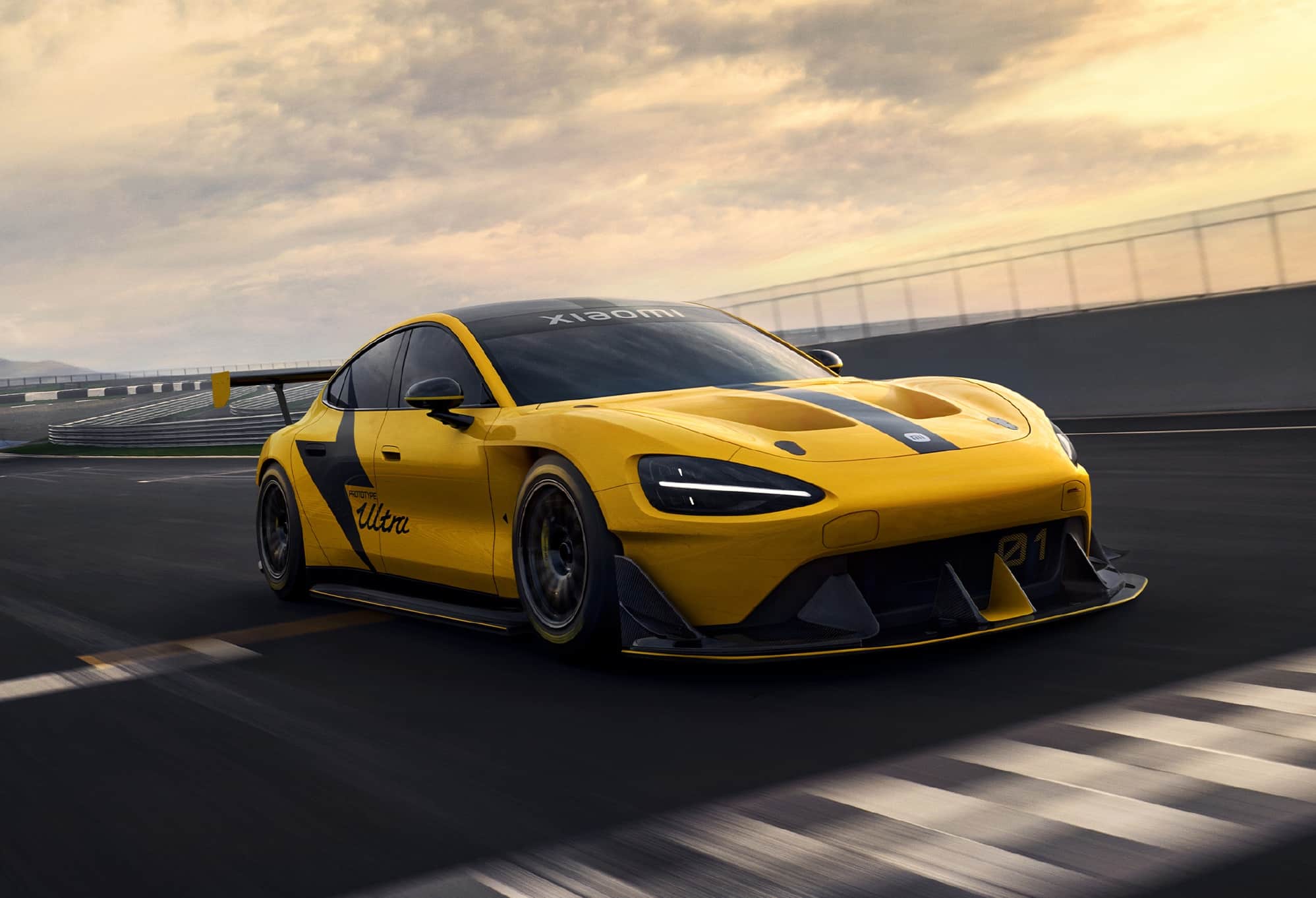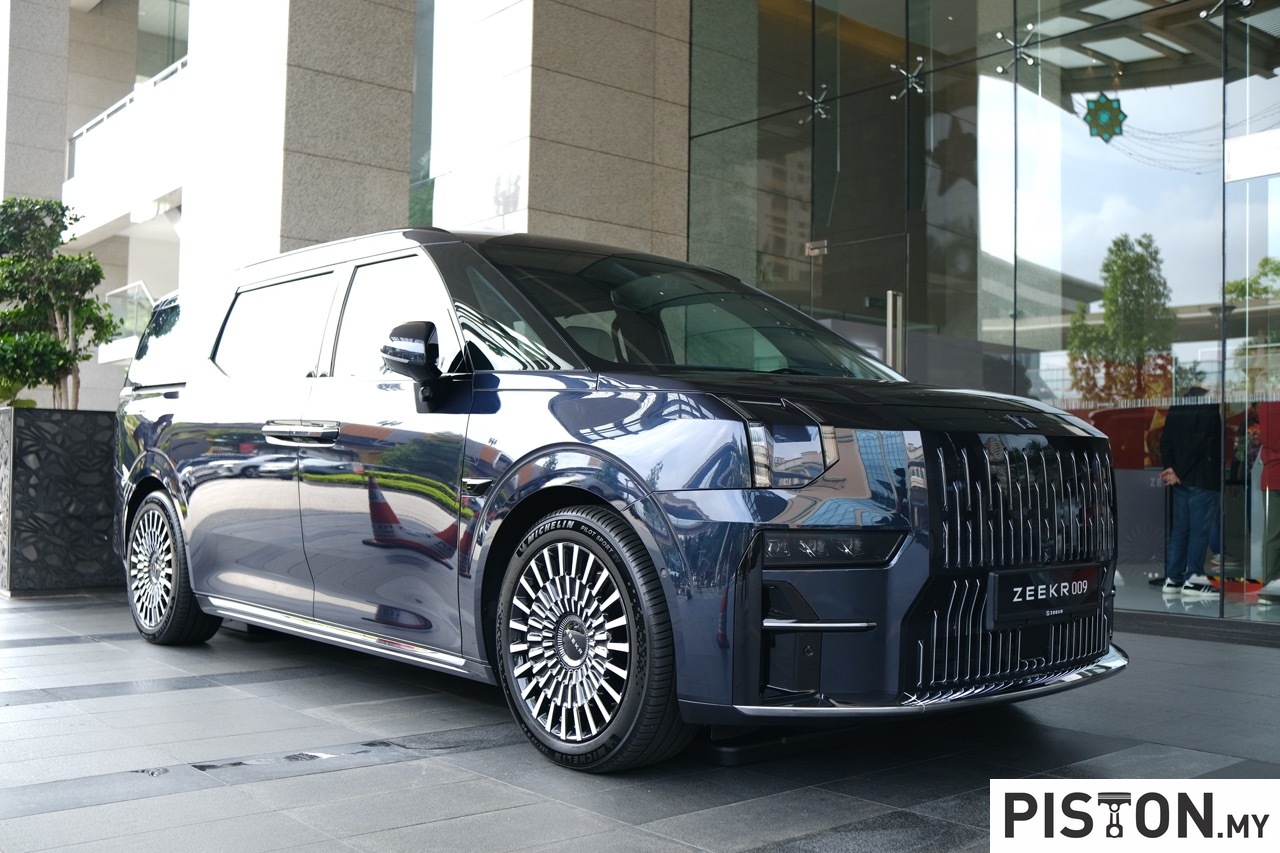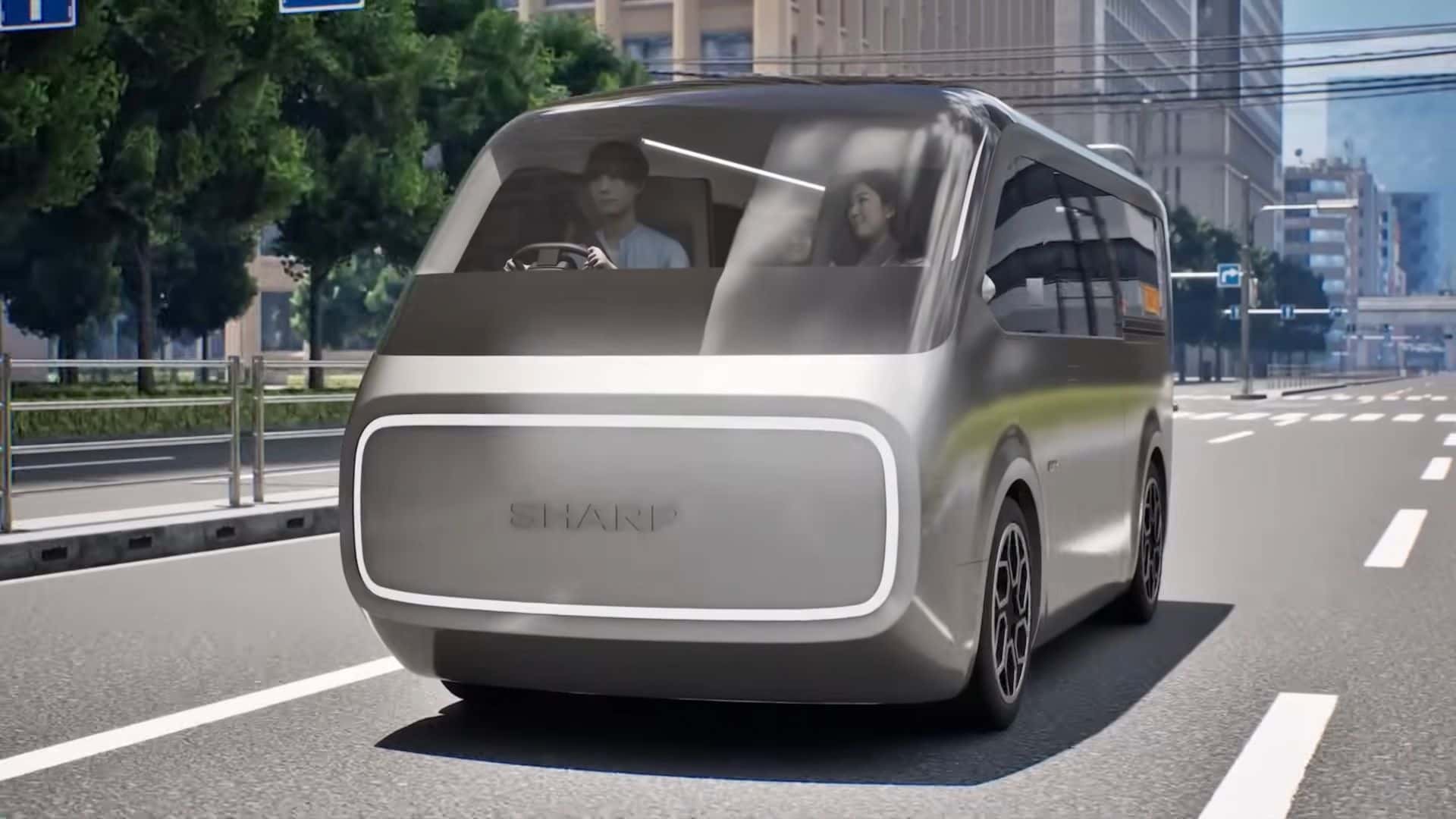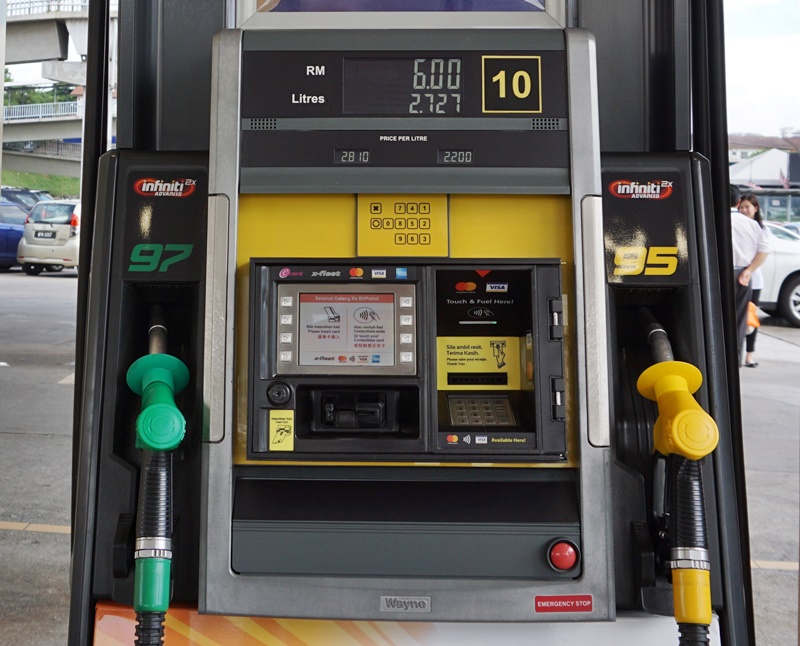As ‘normalcy’ returns to our lives, motorsports activities are picking up and organisers are working hard on plans for events in coming months. UMW Toyota Motor (UMWT) has already prepared for this, having made the plans last year to have a broader range of events instead of just the Vios Challenge One-Make series that has been run since 2007.
Two additional races
In 2022, in addition to the Vios Challenge (which has completed two rounds), GAZOO Racing and UMWT will run the Vios Sprint Cup and Vios Enduro Cup. These will offer another 5 races this year to make it 11 races in total.
The Vios Sprint Cup is run independently of the Vios Challenge, and will feature 2 rounds within the Malaysia Championship Series (MCS), with each round having 2 races. The event will also retain the format of a one-make series as in the Vios Challenge, to ensure a level playing field where the emphasis will be on racecraft, driving skills and experience, not engine power.
Round 1 of the Vios Sprint Cup will be held on May 20 – 22 at the Sepang International Circuit, followed by Round 2 in July at the same venue. The season finale Vios Enduro Cup will coincide with prestigious Sepang 1000KM Endurance Race (S1K) in November.
2 drivers per car
A total of 26 cars will line up on the grid for the Vios Sprint Cup with each car consisting of two drivers. To make things interesting and to level the playing field even more, the pairing of drivers must be made up of the combination of professionals, amateurs, celebrities and rookies as per the Vios Challenge classes for Super Sporting (professionals), Sporting (amateurs), Promotional (celebrities) and Rookies (young and new drivers).
The race weekend will consist of two 1-hour races. Race 1 of the Vios Sprint Cup on Saturday will see both drivers driving in two separate qualifying sessions, and the faster driver required to start the 1-hour race before making a mandatory pitstop for a driver change.
In Race 2 on Sunday, the slower driver of the pair will start the 1-hour race and again required to make a mandatory pit stop for a driver change. Race 2 will also be started as a reverse grid order based on the results of Race 1.
RM10,000 for the champs
The overall champion in each of the two races stand to win RM10,000 cash, followed by RM8,000 for the first runner up, RM6,000 to the third place winner, and RM4,000 and RM2,000 for the fourth and fifth place winners respectively. In total, the Vios Sprint Cup offers prize monies amounting to RM60,000 per round.
The Vios Enduro Cup in November will see Toyota drivers competing over 1000 km in the race that is expected to take 9 hours covering 181 laps of the Sepang International Circuit.
“The objective is to expand on our existing racing activities in the Vios Challenge. With the Vios Sprint Cup and the Vios Enduro Cup, it will mean an additional 5 races on top of the 6 races already lined up for the Vios Challenge. This will provide even more racing and rewards for participating drivers, teams and dealers and at the same time underline UMW Toyota Motor’s commitment to contribute to a more vibrant motorsports eco-system in Malaysia,” said UMW Toyota Motor President, Ravindran K.
Those who wish to register their participation or know more about the Vios Sprint Cup and Vios Enduro Cup can contact Janet, the Race Management representative from Wing Hin Motorsports at 016-367 3300. Other information on
For more information on GAZOO Racing activities and GR products in Malaysia, visit www.toyota.com.my/tgrmalaysia.




